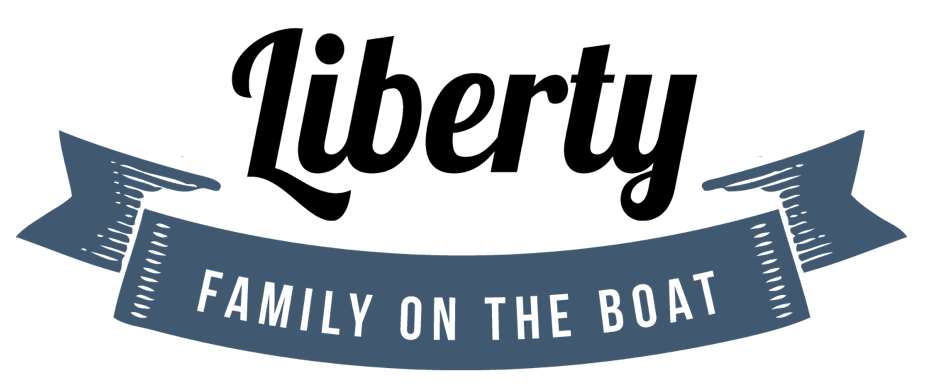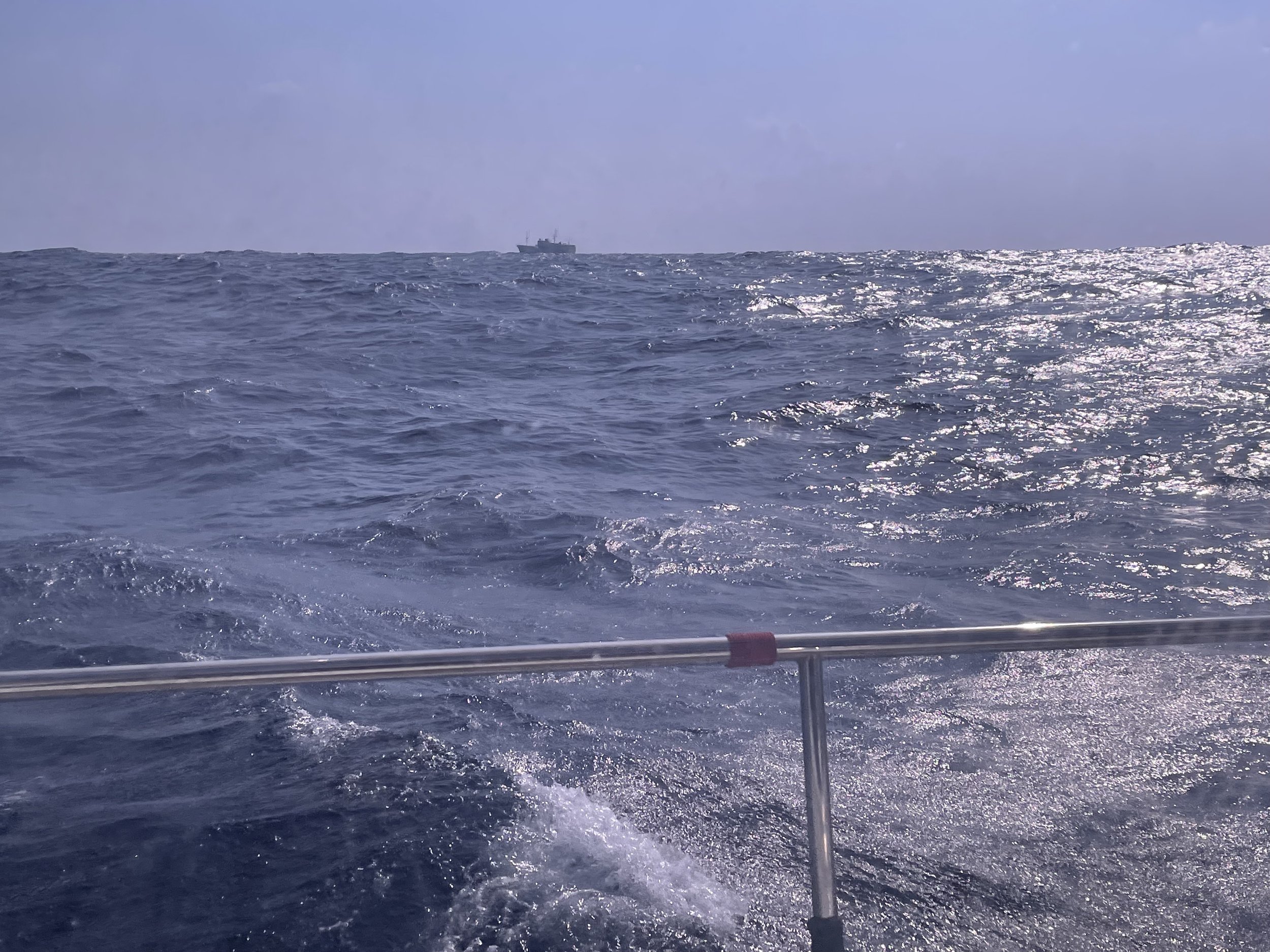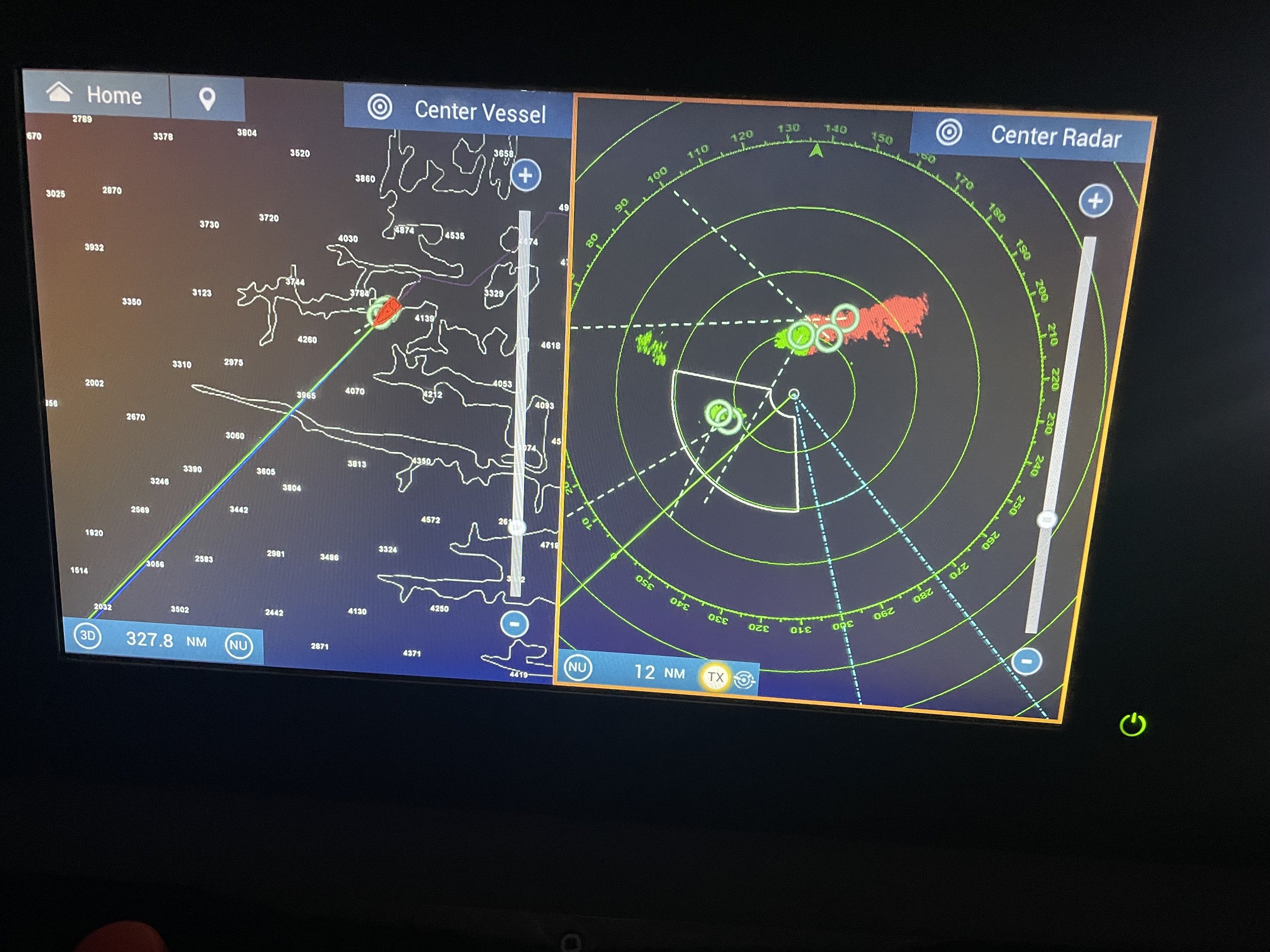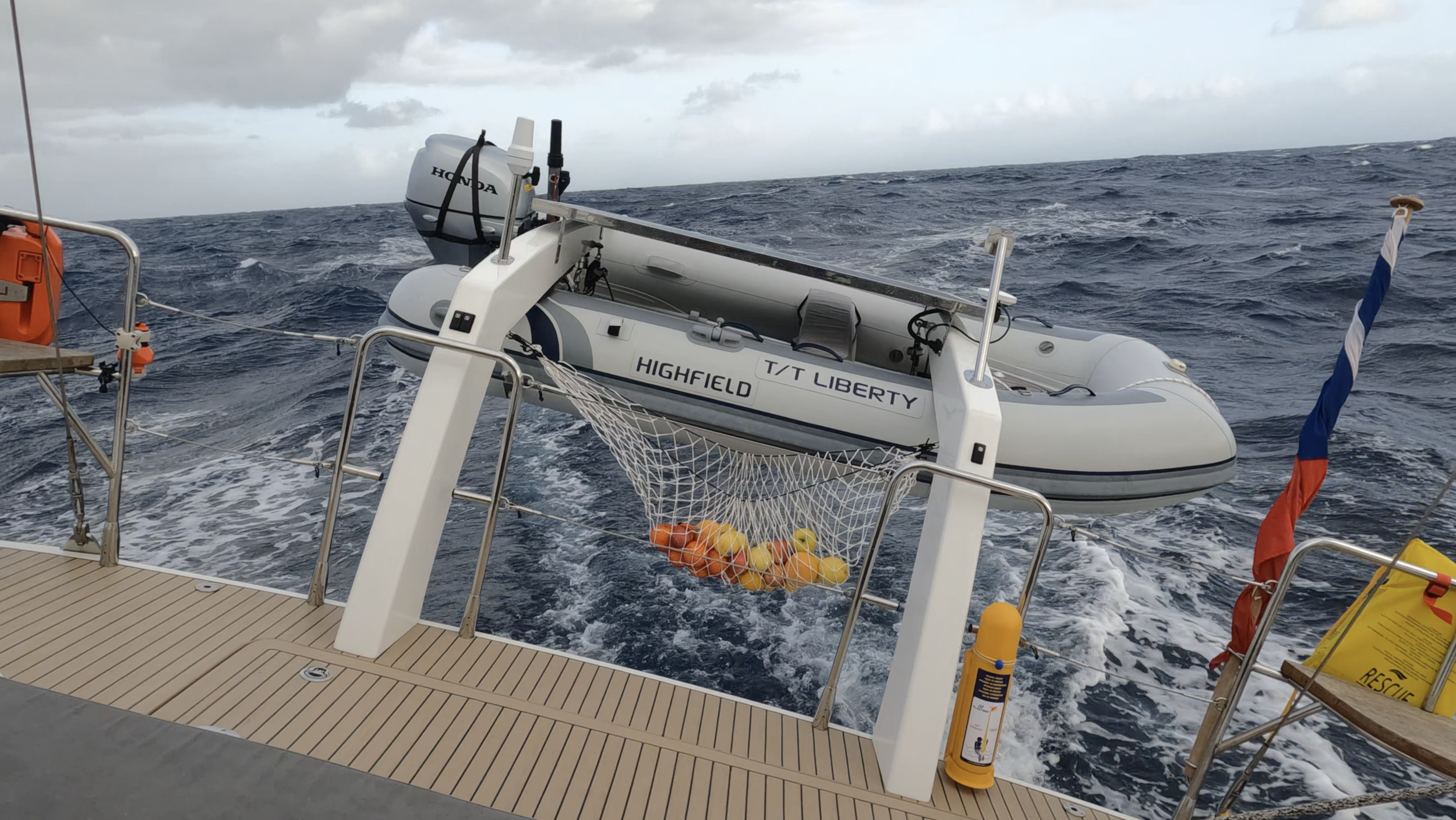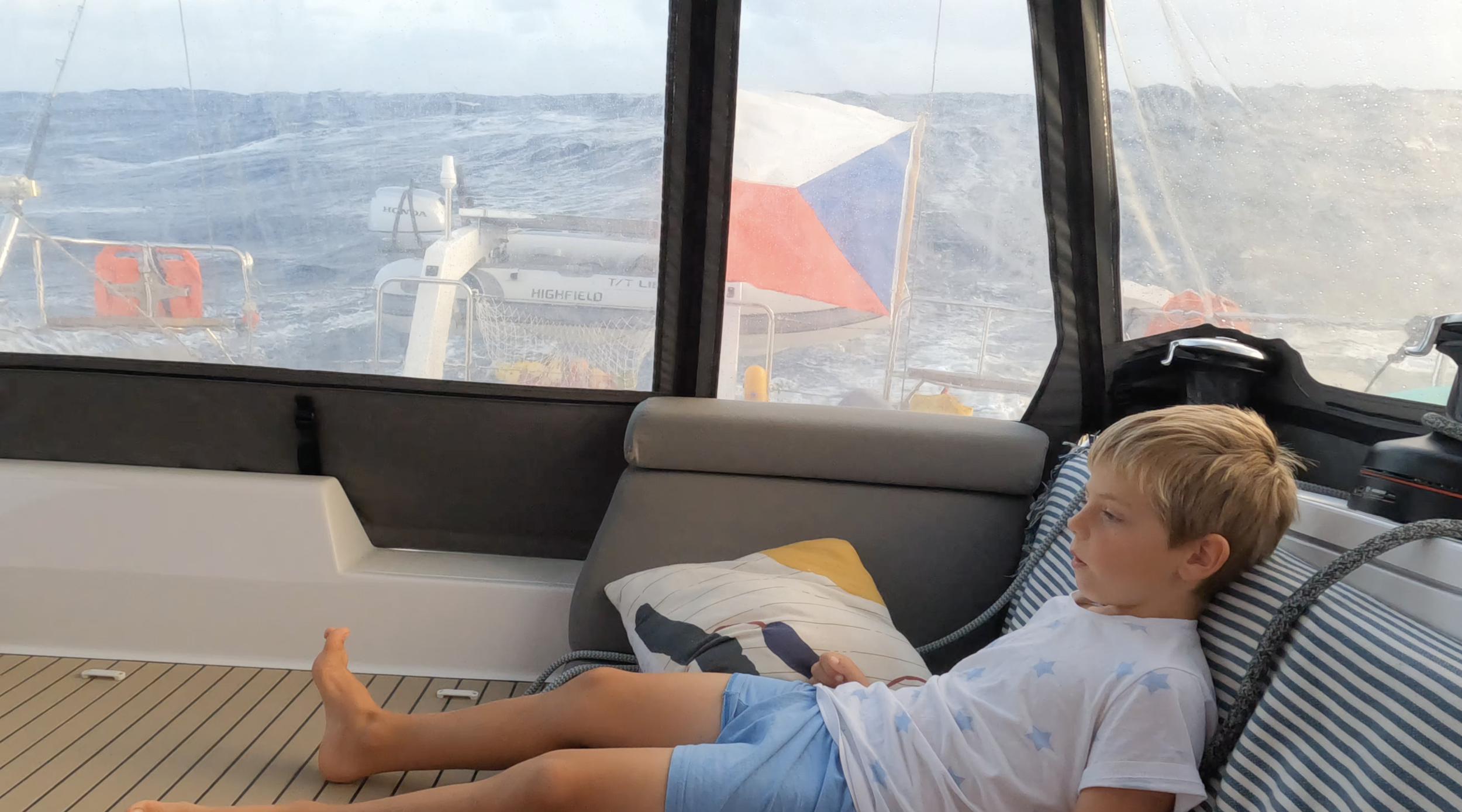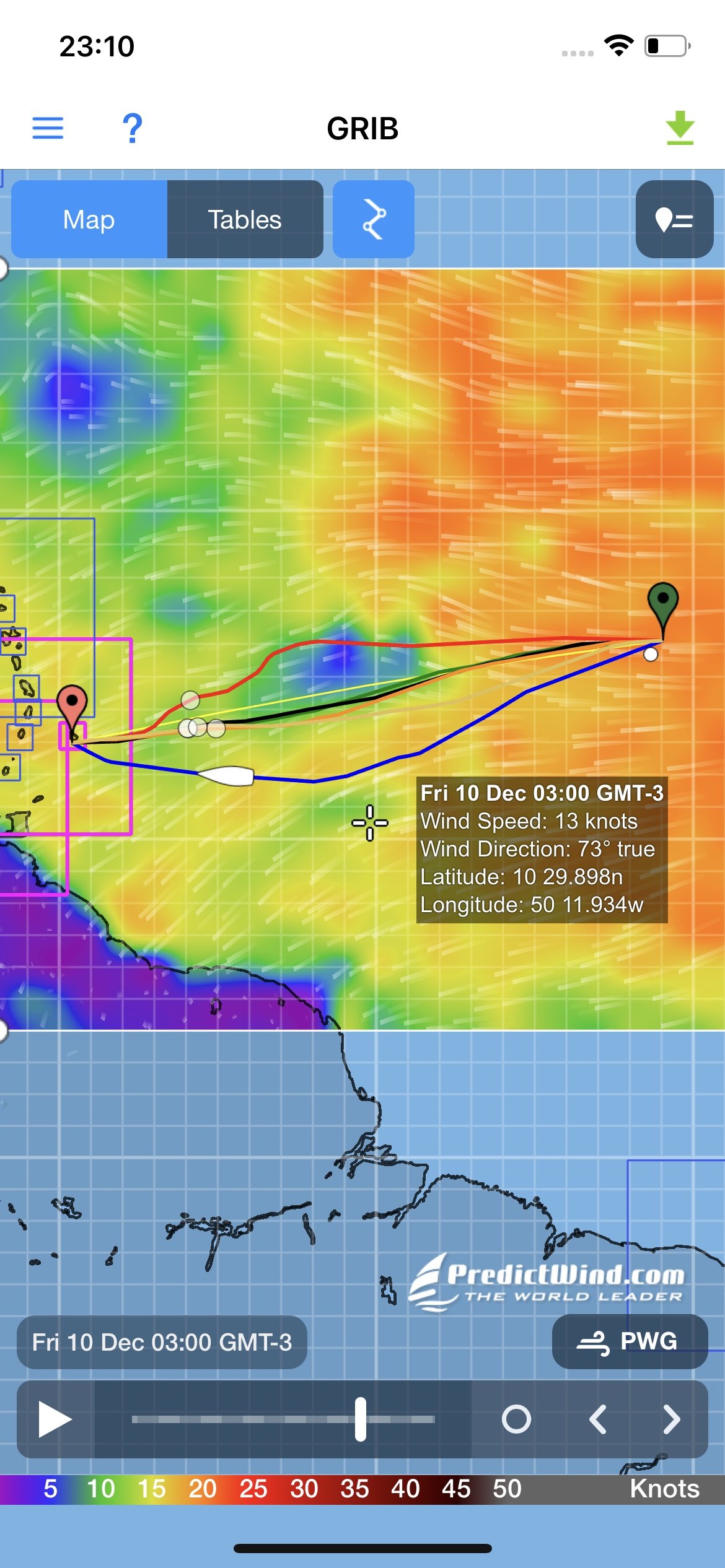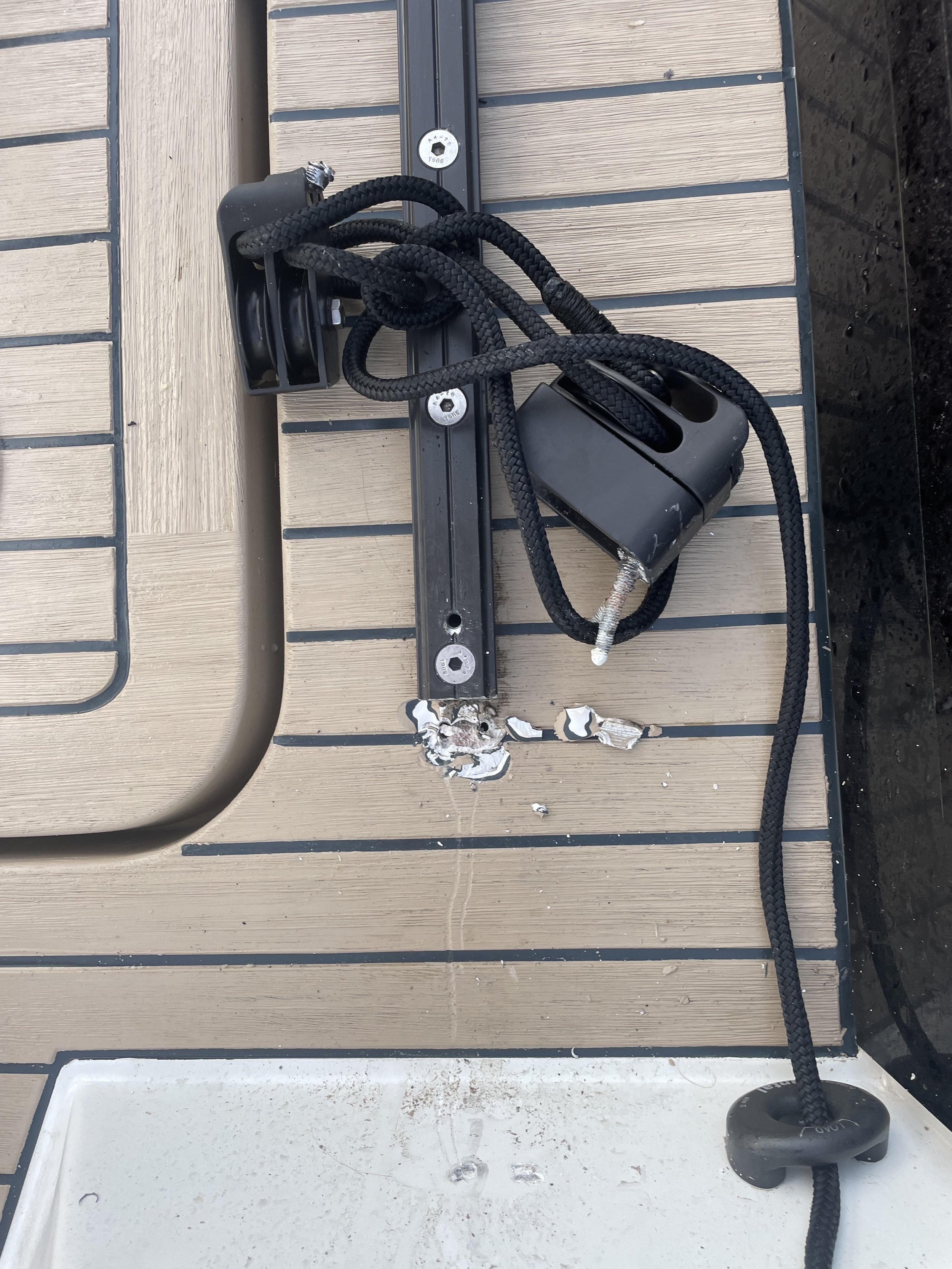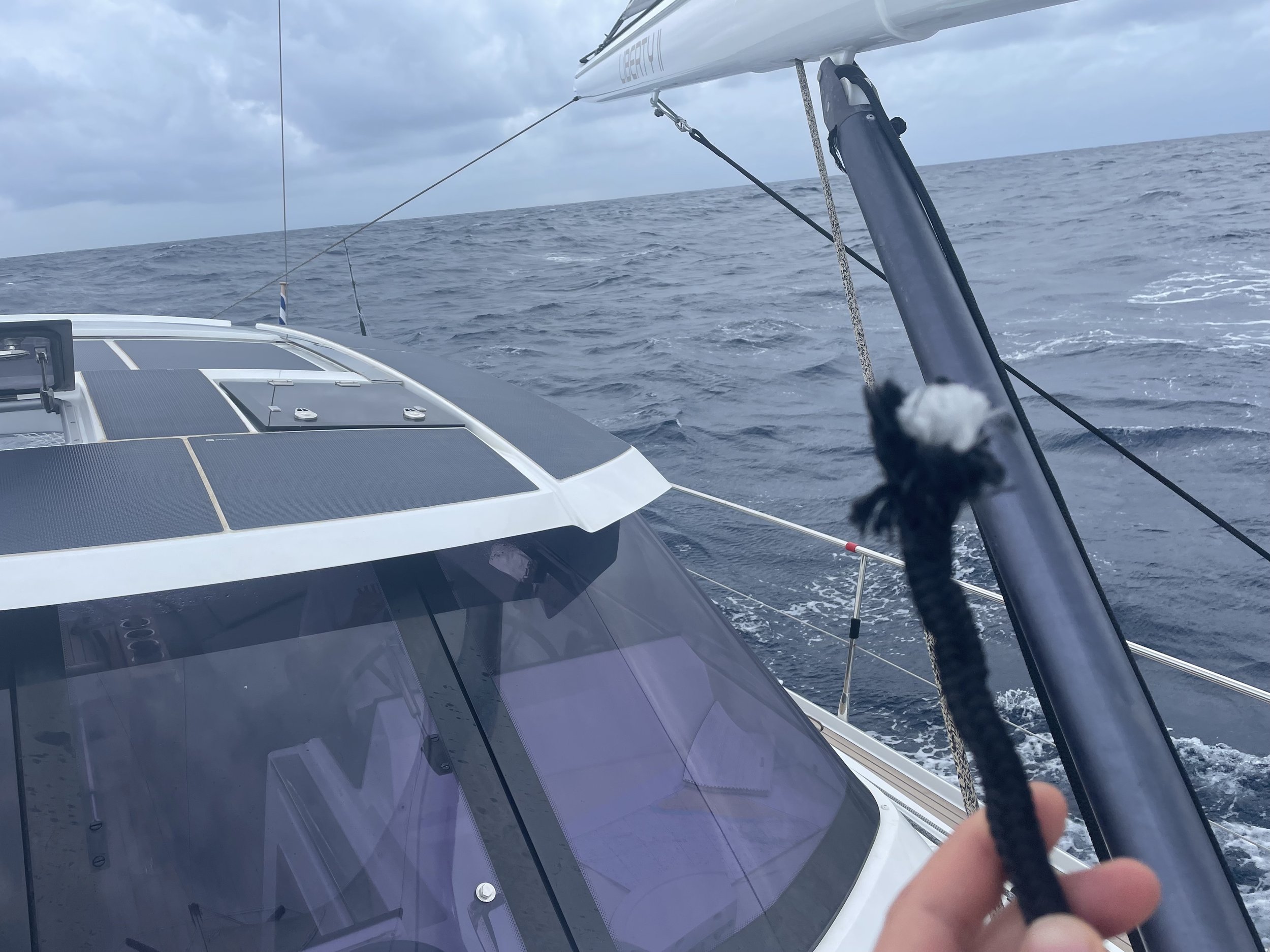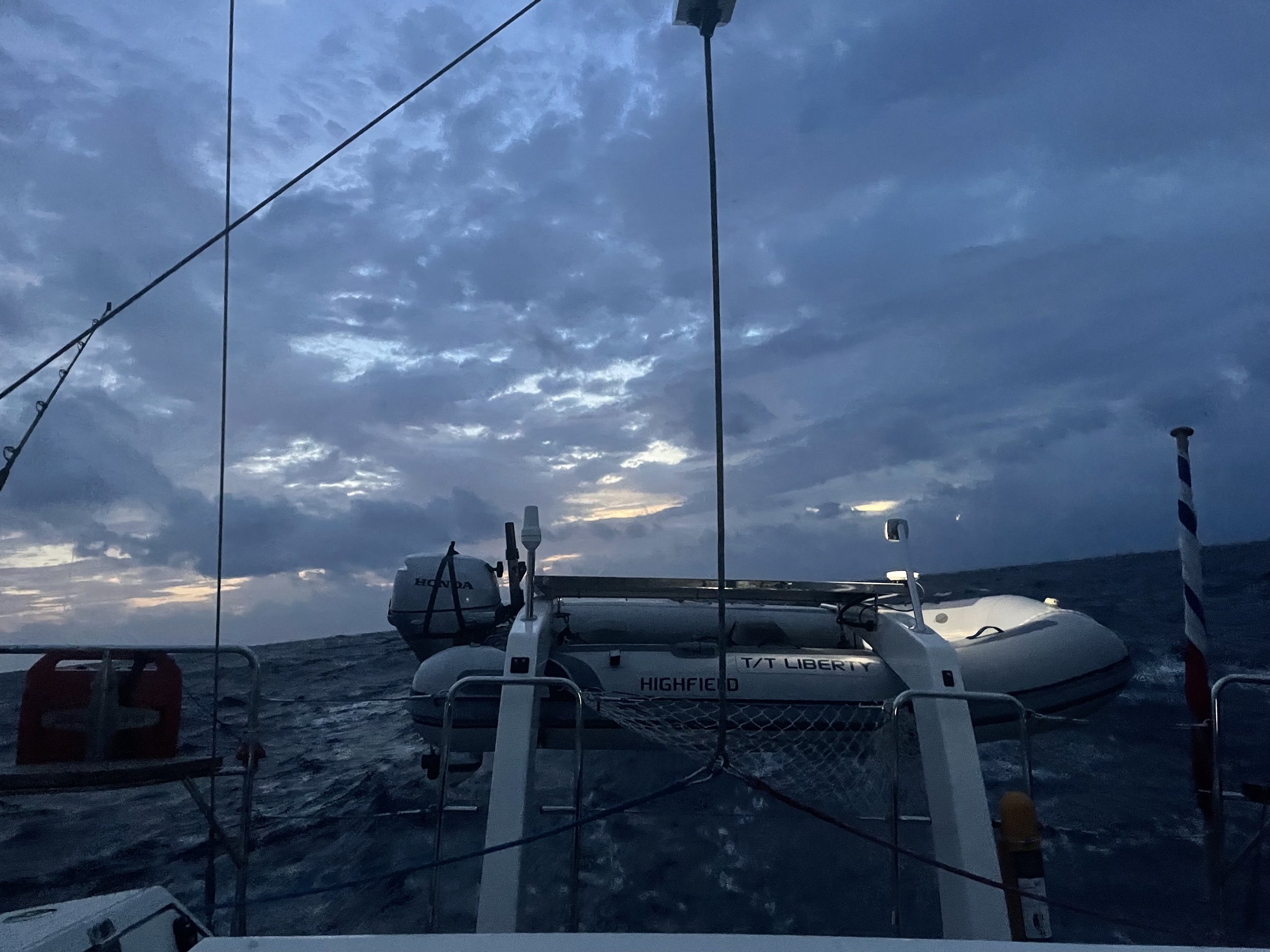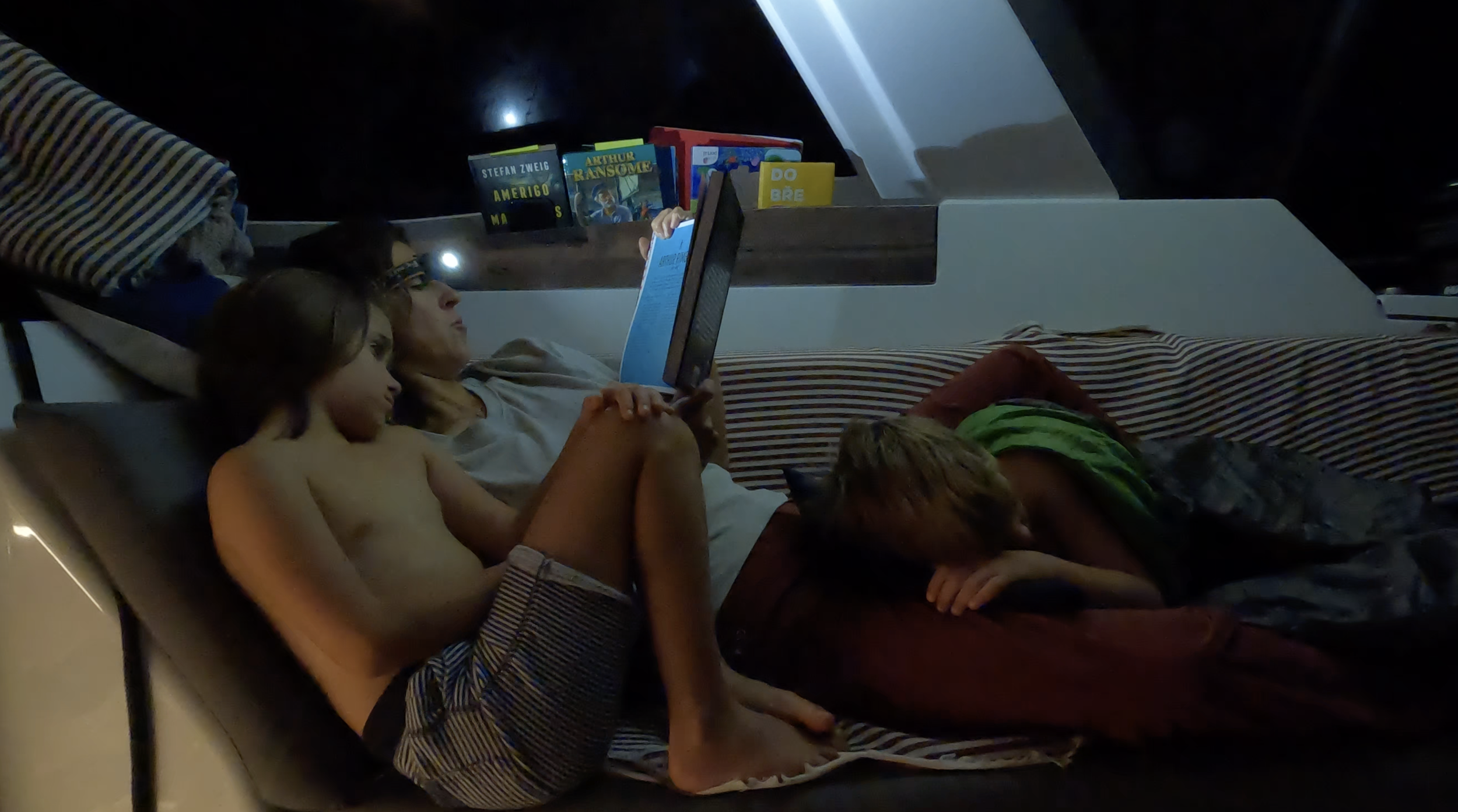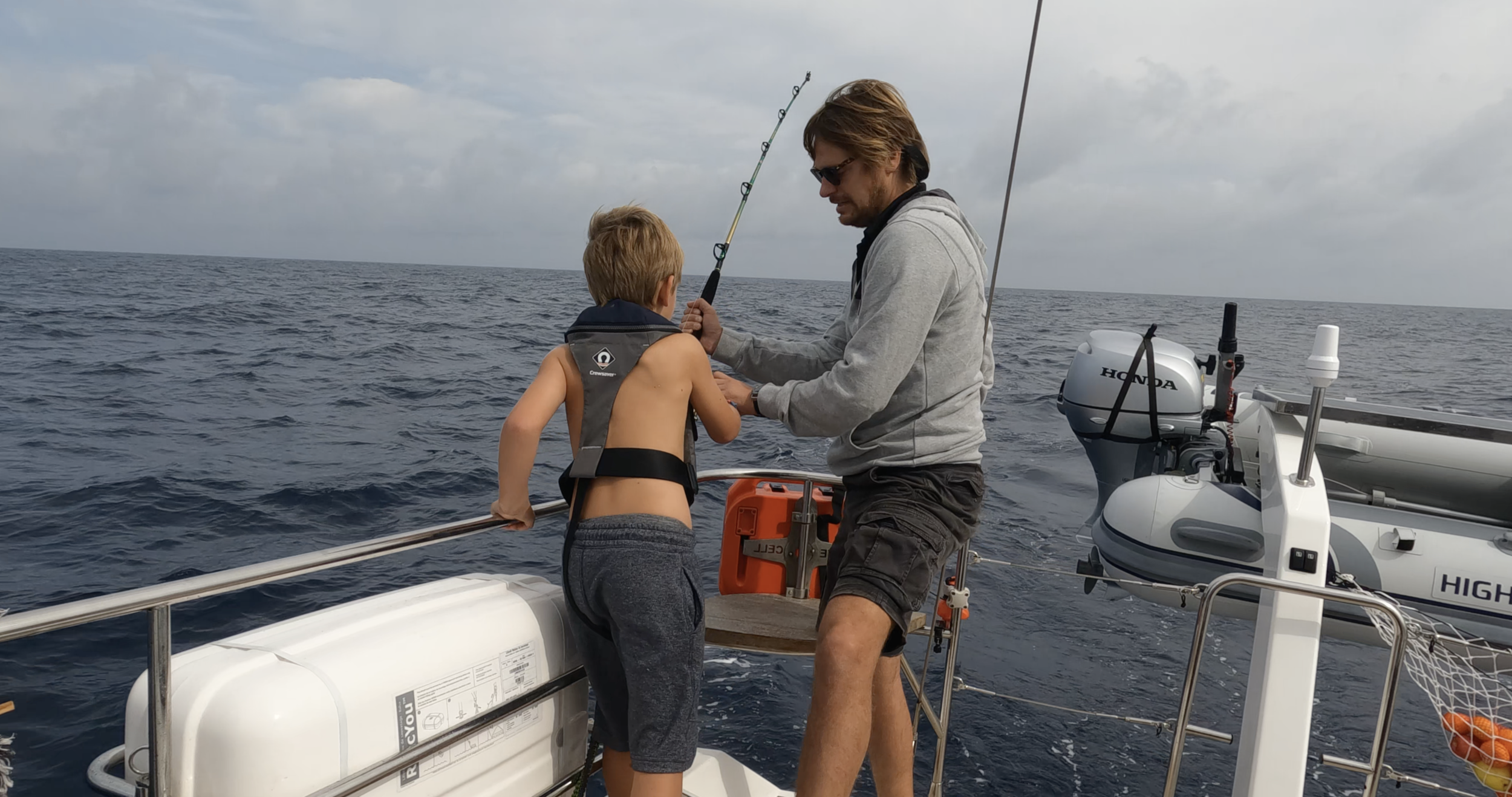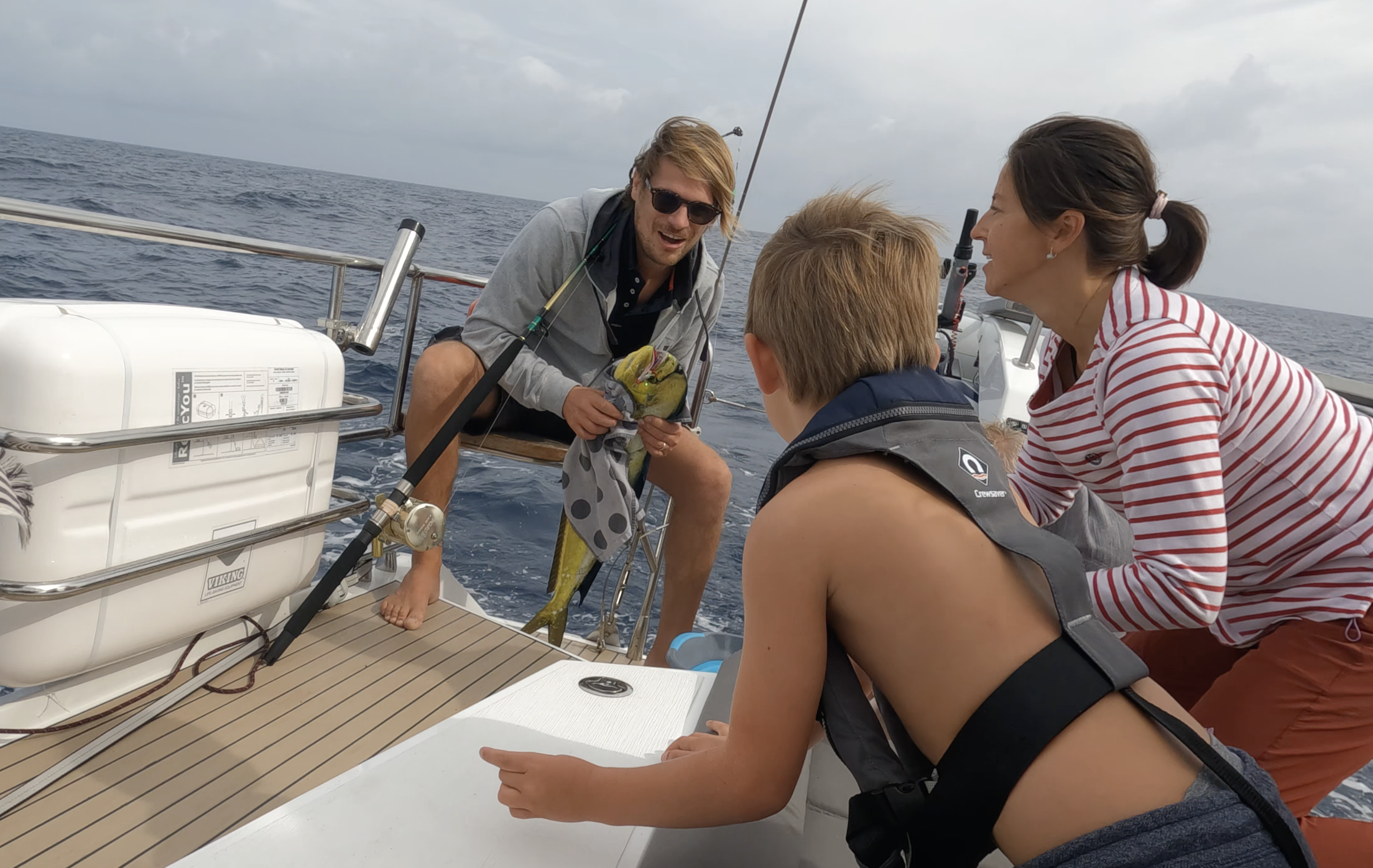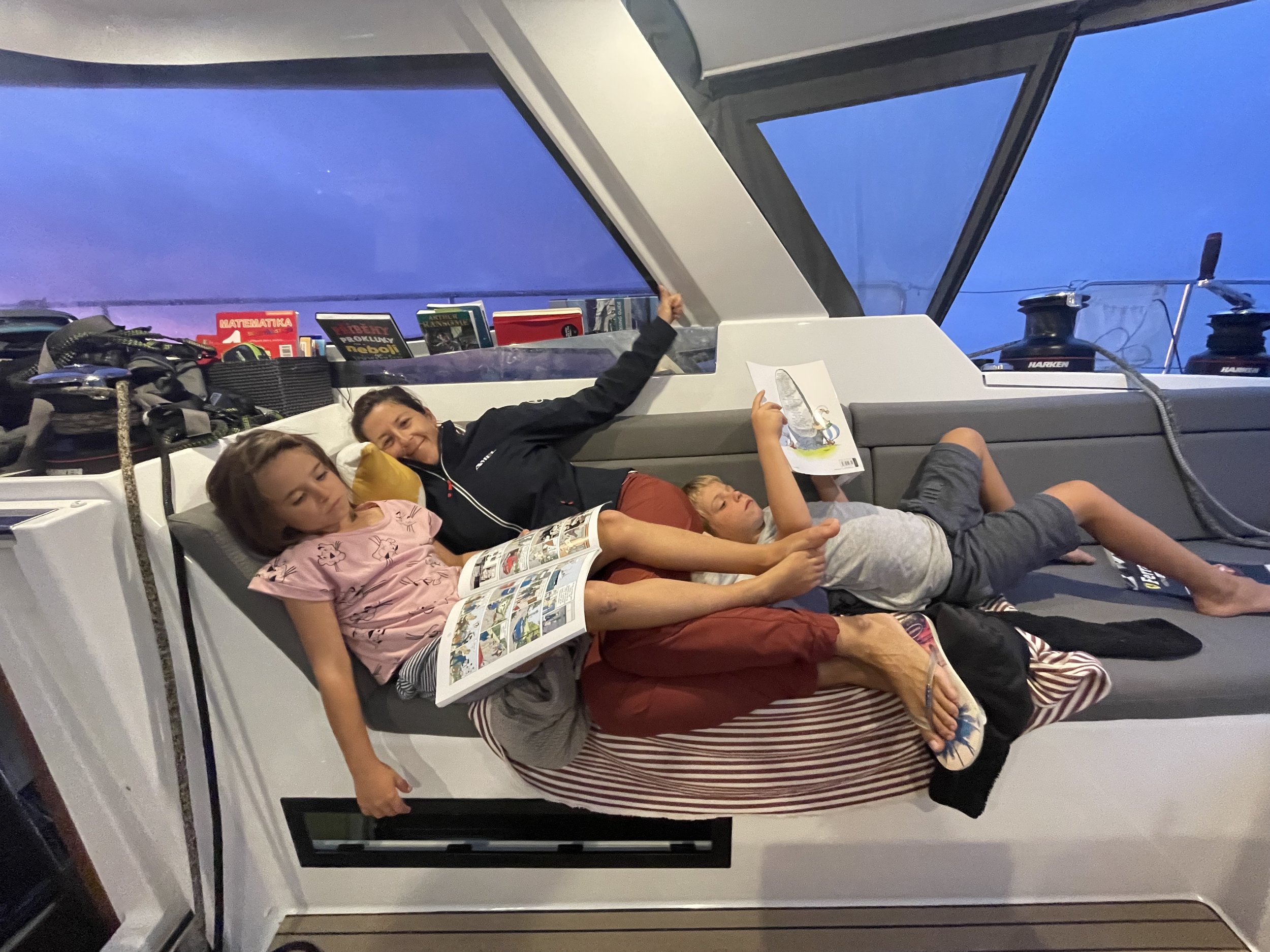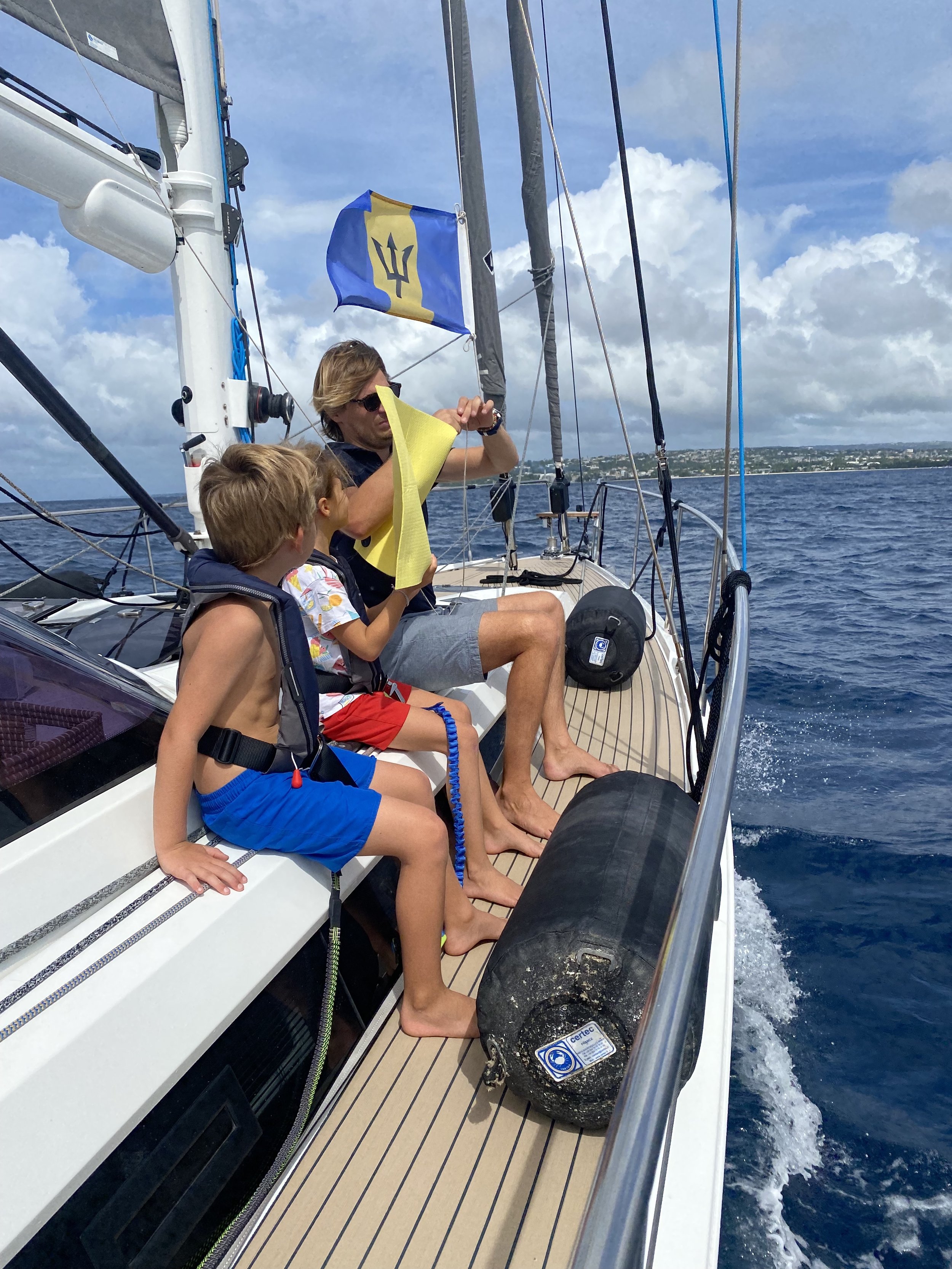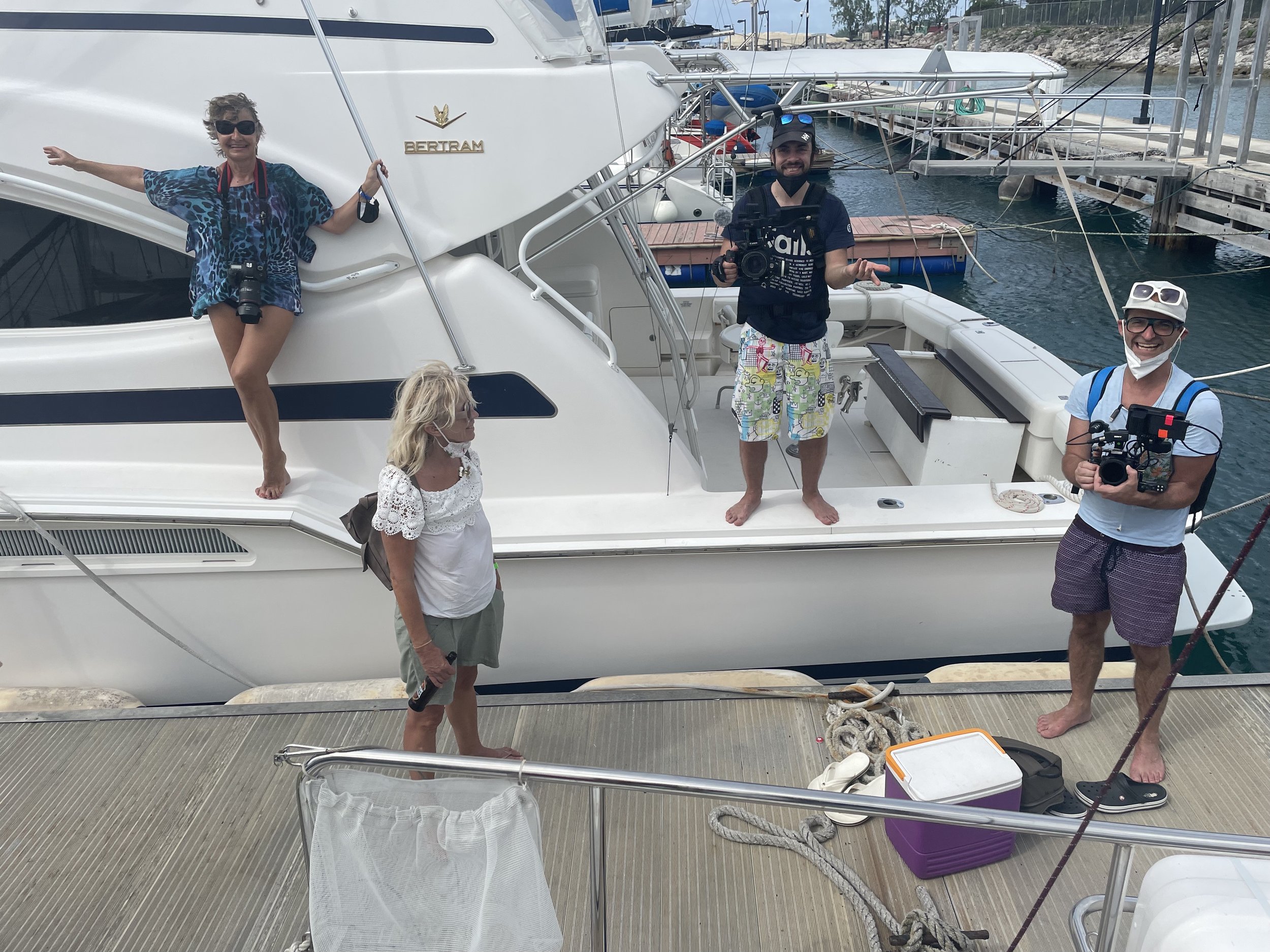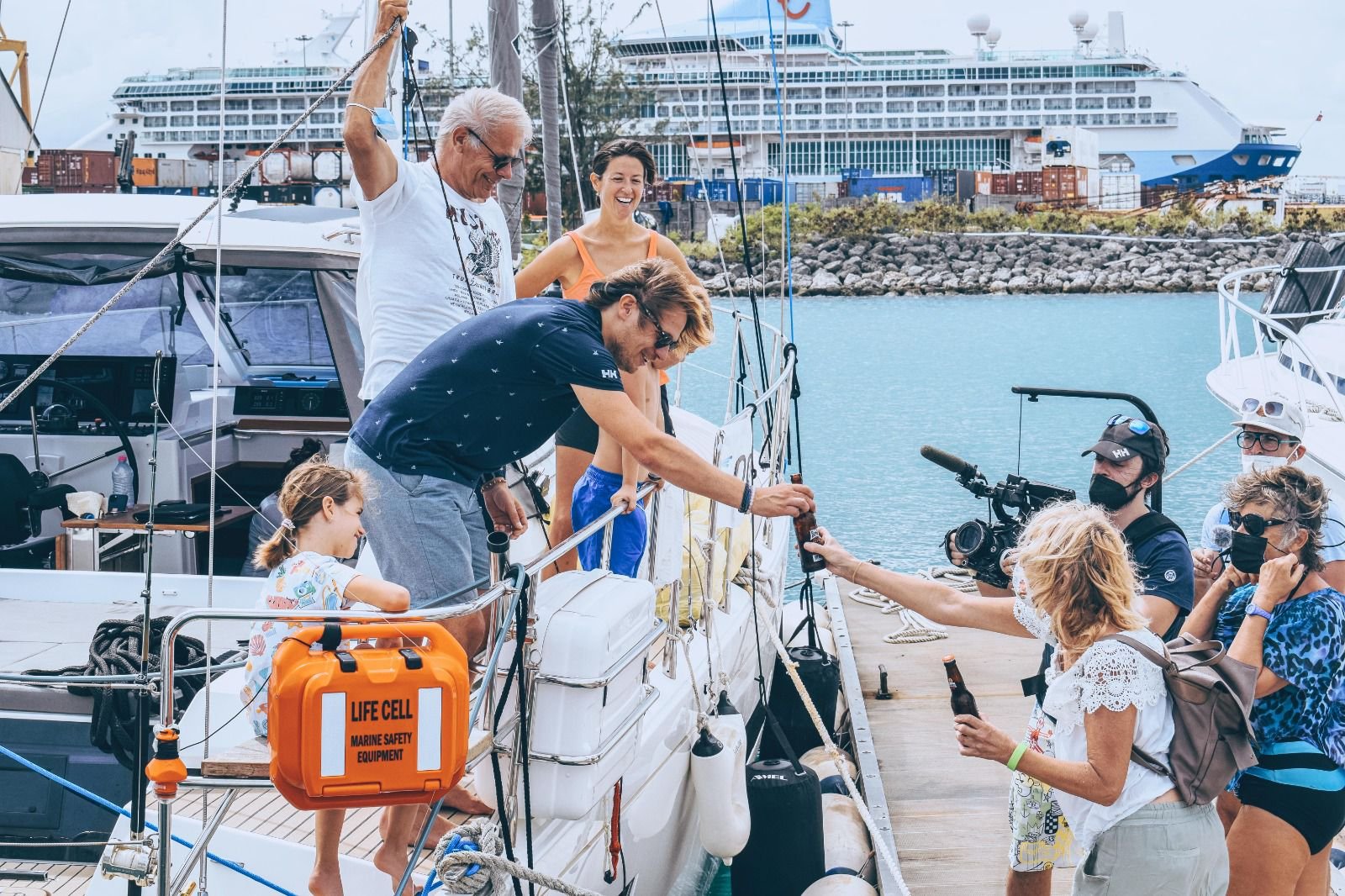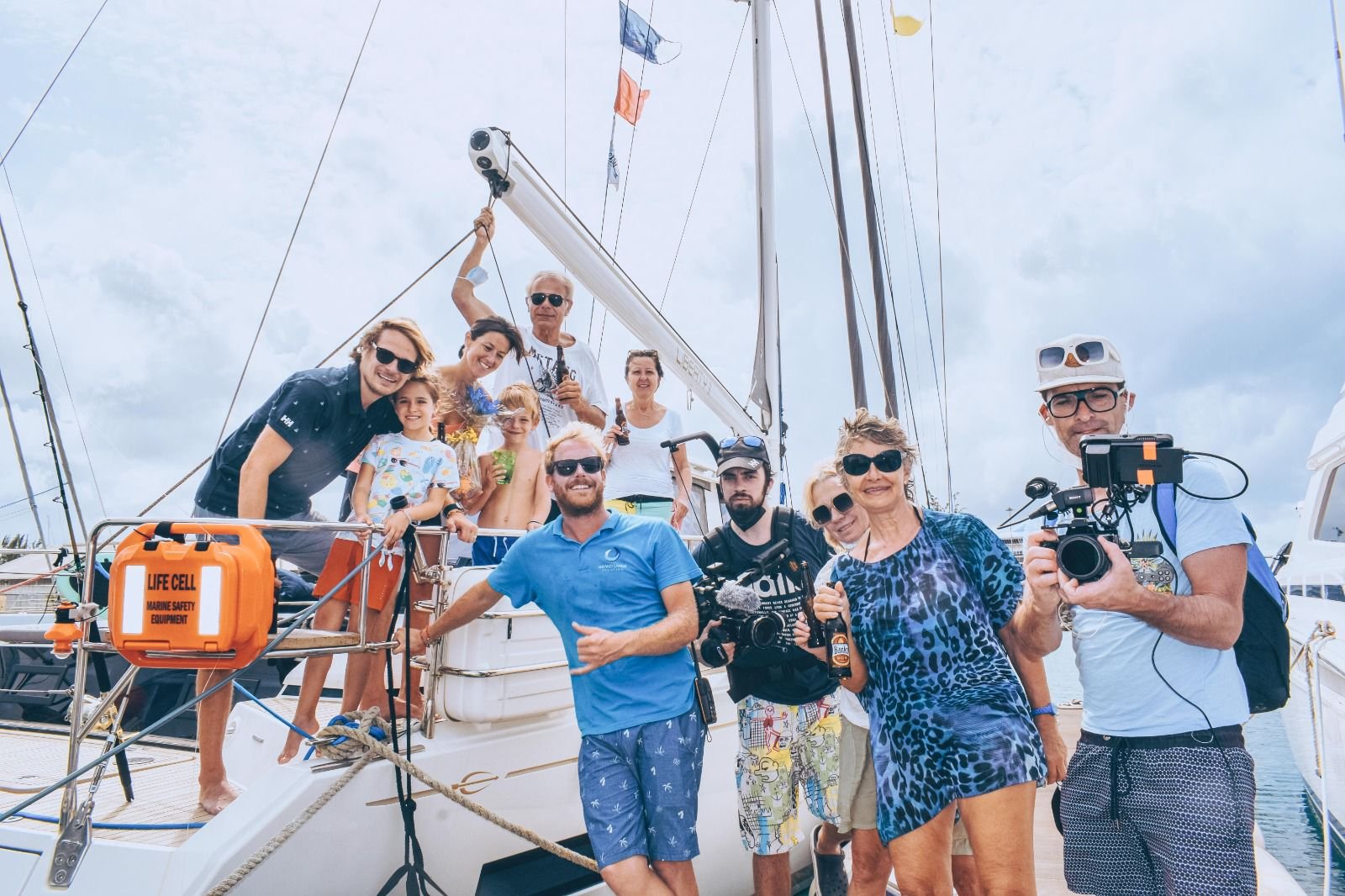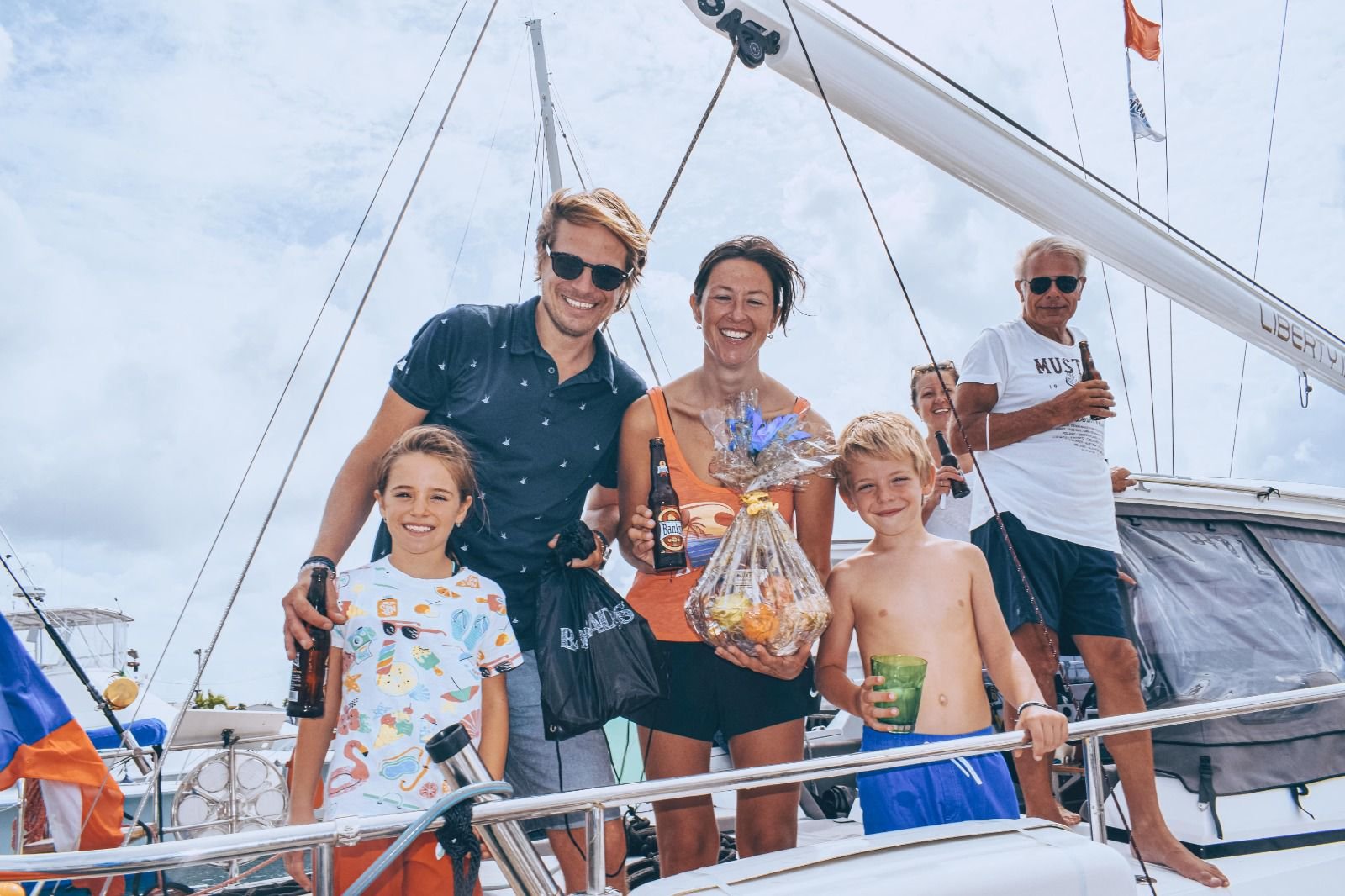If you don’t go, you don’t know - sailing across the Atlantic
We made it. We still cannot believe it. We arrived at Barbados after 20 days.
We thank to god and all of your crossed fingers that nothing really serious happened. We had had few hard times, but we managed it.
So, how was it? We got this question from many of you. And also we were asking ourselves when evaluating, how was it? How we made it? What were we doing three weeks on the boat? What kids were doing three weeks on the boat? So here is how it was ;)
Some numbers
To start, let's have a look at some numbers. We left Santa Cruz de Tenerife on Tuesday 23rd of November in the afternoon. We arrived at Carlisle Bay in Barbados on Sunday 12th of the December. It took us 19 days and 20 nights.
We sailed almost 2.900 nautical miles. Our average speed was 149 miles per 24 hours, so 6,2 knots per hour. Translated into km, we sailed cirka 5.370 km. That is a distance by car from Miami to Vancouver with average speed of 11,2 km per hour. When putting it this way, sailing ship does not probably look like a fast mean of transport ;) But it is good to remember that all these kms were conquered using wind energy only!
Many of you were asking, how we sail at night. We sail 24/7. There is about 5.000 km of water below you, so you cannot anchor for a night :)
Also quite few people asked us, if we saw other ships in the Atlantic ocean. During 20 days sail we saw exactly ONE boat. This demonstrates the greatness of the ocean. What surprised us even more was, that it was a fishing boat right in the middle of the ocean.
The route planning and weather conditions
For the Atlantic crossing the months of November and December are said to be the best period because of low risk of hurricanes and appearance of trade winds.
Trade winds are steady back winds blowing relatively constantly from east to west with speed of 20-30 knots at around 20 degrees of the north latitude. These winds got Columbus to America. And it is how they get their name. Thanks to their steadiness and direction these winds were favourable for the trade boats to ship spices, sugar cane, rum, gold and more.
Our starting point, Santa Cruz de Tenerife, is at the 28 degrees latitude. This meant we had to sail south south west towards Cape Verde to get to the area where trade winds blow.
Shortly before planned leave organiser of the regatta, company Grand Large Yachting, held a briefing with two professionals Christian Dumard, weather strategist and Pete Goss, one of the most experienced yachtsman.
Their suggestion was to postpone the start because of the low pressure system which will take at least four days, which would lead to motoring for most of the journey to Cape Verde. Majority of the fleet did not listen to their suggestion and left on Saturday, which was initially planned starting day.
For us, as mentioned in our previous article, the situation was different.
We were waiting for solar panels to arrive, which caused delay by four days.
At the end it was for our benefit because we did not have to motor except 6 hours when there was NO wind at the beginning of our journey.
Since then we had relatively stable conditions - 2,5 - 3 m waves and wind around 15-20 knots. Over night we were facing squalls causing instant wind increase up to 25-30 knots. Thanks to these squalls the night shifts were not that quiet as we hoped.
For the daily planning and replanning of the passage we were using 5 weather models, one by Timezero and 4 by Predict Wind. We wanted to have the most accurate weather forecast to stay on the safe side and avoid areas of too big or too little wind. In the end we have learned that none of the models was right. So then Michal took the 3 most accurate ones and was making and average out of these to get closest to the reality.
We have learned that we could rely on weather forecasts for maximum of 3 days. Then the chance that the prediction is correct is getting bellow 50% and it decreases by 15% every other day.
We also realised that boat tracker you see on our website shows our hourly average position, not precise GPS position and speed :)
Accidents along the passage
I think it would not be a proper sailing if something would not break or get damaged. Yes, we experienced both on our passage. Here is what happened.
It is recommended to add a boom preventer to avoid an uncontrolled tack of a main sail due to big waves or unpredicted sudden wind change. A preventer is a rope you attach to the boom of the main sail and tie it to the boat cleats on the side where the wind blows. We had the preventer always on day or night.
Except for one night. That night Michal was alone for a night watch in the cockpit and did not want to wake anybody up to keep a safety eye on him meanwhile he would be working on the deck installing the preventer.
That night, it was 5th of December, a mixture of things happened. First, we got a squall with strong wind over 30 knots. Second, our autopilot stopped working suddenly. The boat lost steering control and immediately turned against the wind. The main sail and boom without the preventer moved to the other side. Until we get it under control it happened two more times. It was such a power that it completely ripped off boom traveller from the deck despite they were tied with several long screws.
You cannot image what went through our heads when we heard that awful noise in the middle of the ocean under the dark night sky.
We were devastated. Such thing means you cannot use your main sail. So for two days we sailed using our genoa only which was very unpleasant. Then Michal figured out a temporary solution so we could use the main sail. We were not able to trim it, but at least having the main sail out made the boat more steady in the waves.
Broken autopilot would be a huge issue. Luckily Amel boats have 2nd autopilot built in as independent unit. So we were able to switch to the 2nd autopilot relatively quickly.
Another unpleasant issue, but relatively easy to fix was completely broken kicking rope which was caused by constant movement of the boom on 3m waves.
Last damage that we encounter was more psychological :) Our fridge stopped working! It does not stop you from sailing, it is just not that comfortable. As it was getting warmer and warmer, cold beer, water or coke was becoming scarce. We still had the freezer, so we froze what we could and that was it.
These were our accident stories. We heard much worse stories from other crews that are worth sharing.
On the 10th day of our sail Michal got an email to our satellite phone that there is abandoned ship in the middle of the ocean. When we plotted its position, we realised it was only 60 nm far from us. That night was not easy.
Few days after we marked the place of the abandoned boat.
Imagine there is a boat of a similar size to yours that is uncontrollably drifting on the waves. It is night. You do not see what is around you. You sail into the dark. Weird feeling.
Michal calculated the direction of waves and current and luckily and hopefully abandoned boat was going different direction.
This boat sailed under another rally called The ARC. We later found out what happened. It was a crew of 5 Englishmen. Their boat steering system stopped working so the boat could not be manoeuvred. The crew was rescued by 2 other close boats and had to leave the boat in the middle of the ocean drifting.
Second story was even worse. Another ship of the ARC crossing got into deep shit when one of their crew got hit by the boom. The person was dead immediately.
One boat from our really got into very unpleasant situation too. They got a bacteria to a fuel tank that makes the fuel unusable for the engine. As a consequence their fuel level measure got stuck. So the captain thought he has full tank, but in reality he had 50L instead of 600L. When he wanted to start the generator to charge batteries for autopilot and other appliances the generator did not work. He was testing everything until he got an idea to have a look into a fuel tank. There he saw the catastrophe. They had no diesel! In the middle of the ocean. There was one boat in close distance of 1 day sail, so they were able to throw them jerry cans with diesel into the sea to be picked up by the vessel. But do not imagine anything easy. In such conditions - wind of 20 knots, waves of 3 m. Boats need to keep distance to avoid hitting each other. Dinghy in such waves is also useless. They tied the cans to fenders and floating long rope.
Once having at least some diesel, the captain switched all other devices off the electricity, including fridge and freezer to save energy for the autopilot.
Sails and wind
Sailing across the Atlantic means sailing in downwind. There are several types of sails you can use. First obvious option is a main sail and genoa, but you need spinnaker boon to keep genoa on the opposite side of the boat than the main sail. This setup is called butterfly. This is however quite difficult to keep for such a long distance and any slight change of the wind means trimming again. Second option is a special sail called spinnaker. For this you need again spinnaker boom. Operating such sail needs more people and we knew that along the passage it will be mainly 2 adults only. So we went with third option - gennaker sail. It is a huge sail and is tied to bow of the boat. Gennaker is not ideal for downwind, but for us it seemed to be the best option. We were using it for few days, but pulled it down every night. Manipulation at night would be too risky. After few days the gennaker was messed up and we had to pull it down anyway. We realised that gennaker was not ideal for Atlantic crossing as the angle of wind was not ideal.
Last option is Parasailor which is type of a sail we were not recommended by Amel, because they had bad experiences in the past. After our experiences with sailing down wind, we ordered Parasailor anyway, but the production takes 3 months and we did not get it before our Atlantic crossing. This sail has advantage, that it lifts bow of the boat slightly from the water. Another advantage is that you do not need spinnaker boom, so it can be used easily by 2 person on the boat.
We are looking forward to test Parasailor on next passage.
Flows and lows
Surprisingly the first two weeks passed relatively quickly. We caught a rhythm and were constantly busy with daily routine and the new experience we were going through all together as a crew. It was us, family on the boat and we had Pavla’s mum Edita and her boyfriend Jarda with us.
Edita was great help with the cooking and children. Jarda, also a captain, was great help for consulting the sailing conditions and sharing night watches.
We knew each other from sailing in the Mediterranean, which is however hard to compare. We did not have any major crew crisis between us. Yes, everybody got tired at some point. But retrospectively, we knew we would not make it that well with anyone else.
The sources of flows were simple :) Good wind, good food, good audiobook, reaching certain nautical milestone, a fish on the hook. Surprisingly, we run out of audiobooks after two weeks! Every day at 6pm it got dark. The night shifts however start at 10pm. To fill this long gap we started with movie evenings. We watched mainly Czech classic comedies. The mood was always up.
Kids were often able to play themselves building various bunkers in our cabin. We were doing origami, bracelets from beads, reading books and listening to kids’ audiobooks. We did some school but we were only able to do mathematics or reading. Writing or drawing was very difficult due to waves and constantly rocking boat. We had to skip that fully. So we got quite a big delay and in this respect our discipline really worsen.
Last week was the worst. The wind was smaller. Every half a knot down meant we would arrive later, half a day, day, 2 days…. Michal and Jarda were tired of the night shifts. Broken travellers of the main sail were making sailing more complicated. Kids were getting bored. We run out of fresh veggies and fruits. Suddenly even the discipline got worse.
We were literally pushing the boat forward with our eyes. A picture I will probably keep in my mind forever is this: deep blue colour of the sea and waves so high that when you looked at the back of the boat, the wave was above the davids. It passed under us and a new came. And so forth for 3 weeks. Anything you put down was falling. There was no firm point to refer to. The fact that there is endless ocean around us with 5-6.000 km depth below us did not cause any frightening.
We however realised it is extremely important not to fix to certain arrival day or number of days for the passage. First, it changes every day. Second, the ocean has its own logic and one has to go with its flow.
We got warm welcome by the local authorities, our movie guys and their adorable aunt Jana. She brought cold beer to the arrival pier! We made it. What a relief.
The biggest issue
In the end the biggest issue was my seasickness. Despite medication I had to remain whole day in the cockpit. I only moved downstairs for bathroom or sleep. Every time I was trying to help in the galley my stomach said no. My body was switched off for 3 weeks. I got very weak and did not want to eat or drink. I always suffered from seasickness first few days of a sail. But I always got better. This time I did not. Very sadly such experience shed big doubts on how we gonna sail further.
